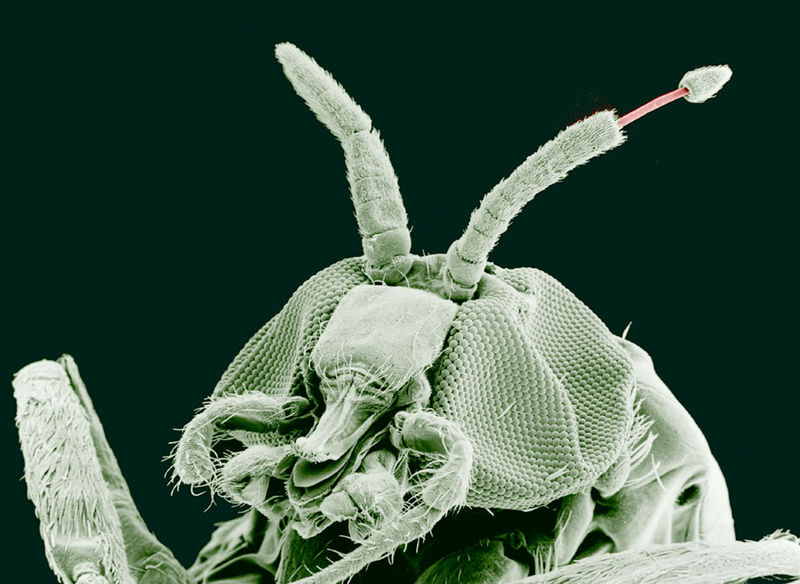A cocktail of chemicals found in the saliva of black fly could help us to develop better drugs, and maybe even a vaccine, against river blindness.River blindness, or Onchocerciasis as it's also known, affects 17 million people worldwide, and is the world's third leading infectious cause of blindness. It's caused by a nematode parasite called Onchocerca volvulus, which is transmitted in the bite of the Black Fly.
 Writing in the Journal of Proteome Research, José Ribeiro from the Laboratory of Malaria and Vector Research at the US National Institute of Health and colleagues, looked at the cocktail of proteins in Black Fly saliva. The saliva of biting insects is well adapted to the job and contains anticlotting, antiplatelet, vasodilatory, antiinflammatory, and immunomodulatory components. These help to stop the host's immune system reacting while the fly gets it's feed.
Writing in the Journal of Proteome Research, José Ribeiro from the Laboratory of Malaria and Vector Research at the US National Institute of Health and colleagues, looked at the cocktail of proteins in Black Fly saliva. The saliva of biting insects is well adapted to the job and contains anticlotting, antiplatelet, vasodilatory, antiinflammatory, and immunomodulatory components. These help to stop the host's immune system reacting while the fly gets it's feed.
The team sequenced the genes found in Black Fly salivary glands, to find out what proteins were expressed in saliva, and then worked out which of these were excreted, rather than just used for housekeeping inside the gland.They found that there is some overlap with the proteins found in other blood-feeding insects, as you would expect, as well as a large amount of unique genes. This in itself gives us an insight into how blood-feeding evolved and diversified, allowing the insect to adapt to pressure from the host's immune system.
Several new protein families were discovered, many of which have pharmacologic potential to be developed into new medicines.But importantly, the more we know about the chemical conditions under which the nematode parasite is transmitted, the more targets we have to develop treatments that could block the transmission of parasites, or stop them from taking hold inside the body. Not only could this work help to develop a vaccine against river blindness, but it gives us some tantalising hints as to new ways to tackle other diseases that are transmitted in the same way - including malaria.










Comments
Add a comment